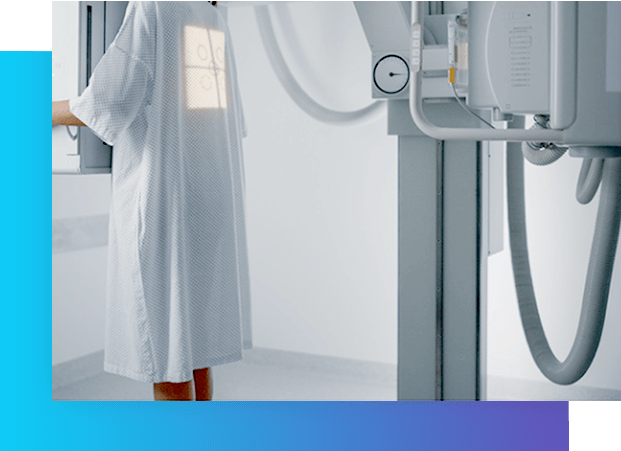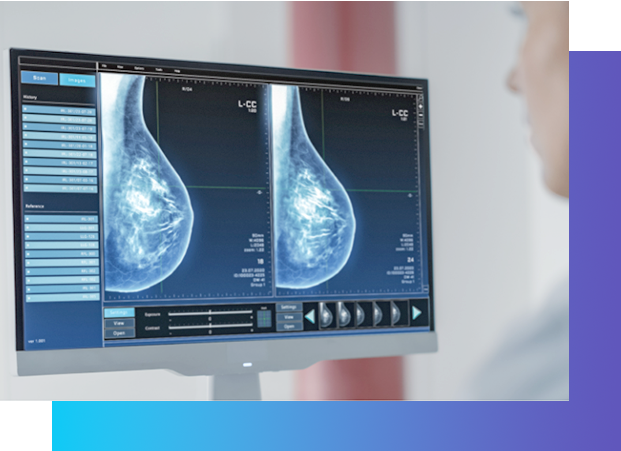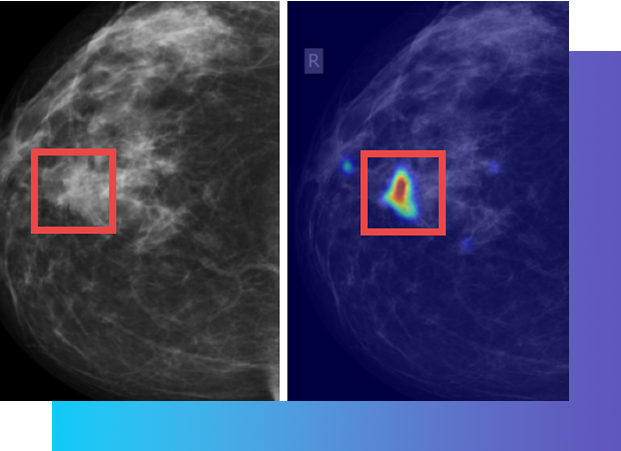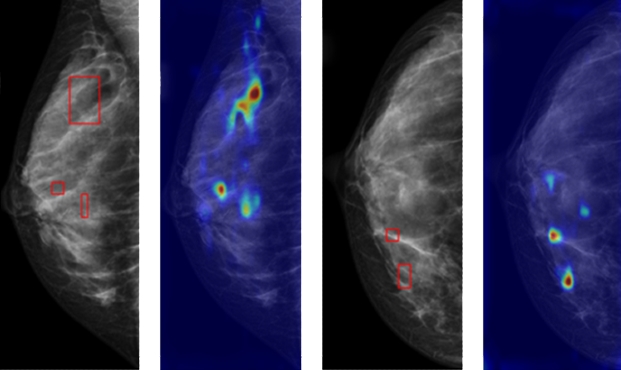Breast Cancer Computer-Aided Detection
Empower Your Medical Practice with Advanced Technology
QuData's AI-powered system enhances the accuracy of breast cancer detection, reducing the likelihood of missed diagnoses and false positives. This enables early detection and intervention while providing a reliable second expert opinion for medical practitioners. Our approach also achieves cost-efficiency by minimizing unnecessary medical procedures and reducing associated healthcare costs.
Recognized for its impact, this project received a grant from the Seeds of Bravery program to support further development of AI in diagnostics.
Key Features: What Makes Our Solution Stand Out
Enhanced Diagnostic Accuracy
- Offers unparalleled precision in breast cancer detection.
- Reduces the likelihood of missed diagnoses and false positives.
Early Detection and Intervention
- Identifies breast cancer at its earliest stages, leading to more effective treatments.
- Increases the chances of full recovery and improved patient outcomes.
Second Expert Opinion
- Serves as a reliable second expert opinion for medical practitioners.
- Provides additional insights and confirmation in complex or challenging cases.
Educational Platform
- Empowers medical students and professionals to enhance their diagnostic skills.
- Offers a learning environment with access to real-world medical cases and expert guidance.
Cost-Efficiency
- Minimizes unnecessary medical procedures and treatments.
- Reduces healthcare costs associated with diagnostic testing
From Data to Diagnosis: How it Works





Making a Difference:
State-of-the-art Accuracy
We have achieved a significant accuracy level of 0.8 for the F1‑score. This metric combines precision and recall into a single measure. The F1‑score is calculated as the harmonic mean when evaluating the 5‑class BI-RADS level classification and the 4‑class Density classification.
Qudata's Solution Wins EU Grant
Computer-Aided Technology for Early Breast Cancer Detection by QuData was selected for the Seeds of Bravery program, funded by the European Union under the European Innovation Council (EIC). As part of the UASEEDs Deep Tech Scale-up and Acceleration Open Call, QuData’s technology received a grant to support its development.
Our project has been recognized with the Seal of Excellence under the UASEEDs grant program. This prestigious badge highlights QuData’s commitment to innovation and the potential impact of our AI-driven technology to enhance early breast cancer detection and improve patient outcomes.

Technical Details: Integration & Security
Access detailed technical specifications and security protocols for Breast Cancer Computer-Aided Detection by QuData. Learn how to seamlessly integrate the QuData’s service for AI-powered mammography analysis with PACS systems to enhance medical image processing while ensuring security and efficiency.
OPEN DOCUMENT